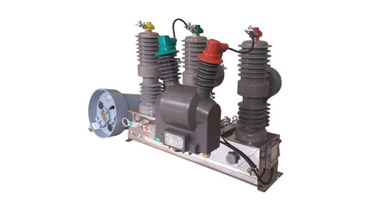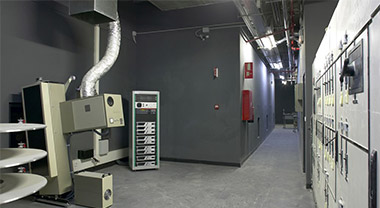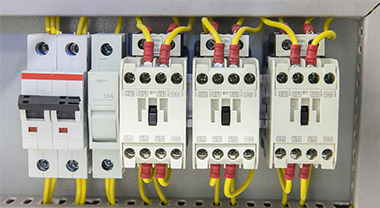Opening and closing time of high voltage circuit breaker
The opening time of a high-voltage circuit breaker refers to the total time that the circuit breaker needs from receiving a trip command (that is, the tripping coil is applied with voltage) to the time the circuit breaker is opened until the three-phase arc is completely extinguished, called the full opening time . The full opening time is equal to the sum of the inherent opening time and the arcing time.
The inherent opening time refers to the period from when the circuit breaker receives a trip command to when the contacts are just separated.
The arcing time refers to the time from the moment the contact is separated to the complete extinguishment of the arc.
From the perspective of the power system's requirements for breaking short-circuit current, it is hoped that the opening is as fast as possible. Then, the inherent opening time and arcing time must be shortened as much as possible. The general opening time is 60~120ms. Circuit breakers whose opening time is less than 60ms are called fast circuit breakers.
The closing time of a high-voltage circuit breaker refers to the time required for the circuit breaker from receiving a closing command (ie, applying voltage to the closing coil) to the time when the three-phase main contacts of the circuit breaker are in contact. The power system does not have strict requirements on the closing time. Generally, the closing time is greater than the opening time, but stability is hoped.
The different period of opening and closing time of the high-voltage circuit breaker refers to the maximum time difference between the opening and closing of each phase of the circuit breaker or the fracture of the same phase. The national standard stipulates: when there is no special requirement for the synchronization requirements of each phase, the different period of opening and closing should not be greater than 5ms, the different period of closing of 363kV and above should not be greater than 5ms, and the different period of opening should not be greater than 3ms.




